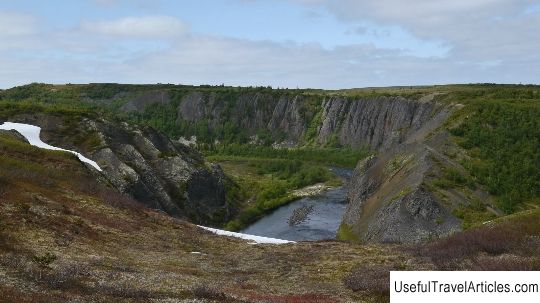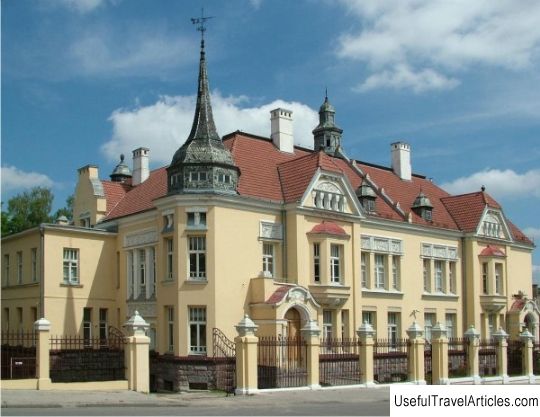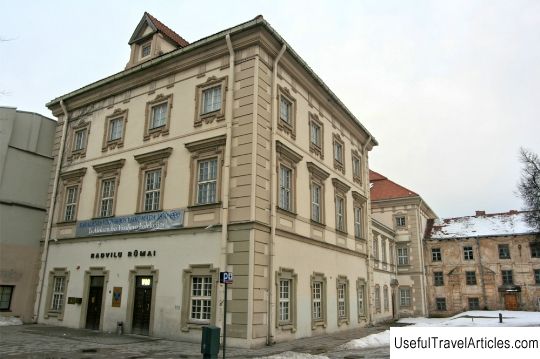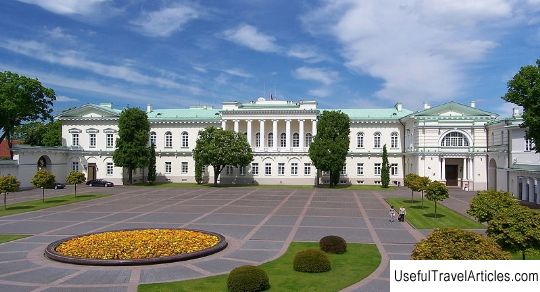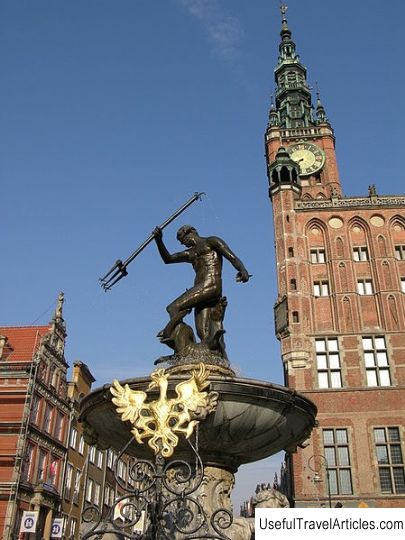Oginski manor (Oginskiu rumai Plungeje) description and photos - Lithuania: Kretinga
Rating: 8,6/10 (1233 votes) 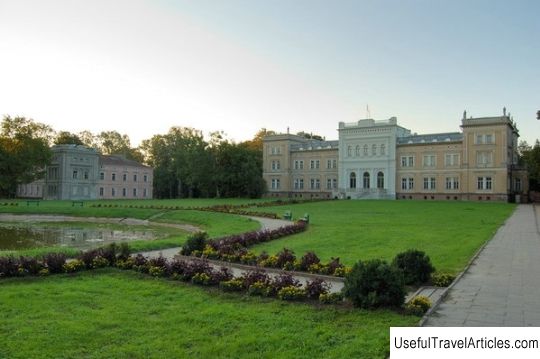
Oginskiu rumai Plungeje manor description and photos - Lithuania: Kretinga. Detailed information about the attraction. Description, photographs and a map showing the nearest significant objects. The name in English is Oginskiu rumai Plungeje. Photo and descriptionThe estate of the Oginsky princely family, built in Plunge (a city in the north-west of Lithuania), is one of the most important architectural monuments and cultural heritage not only for the city itself, but for the whole country generally. The ancient Oginsky family originates in 1246 from Prince Mikhail of Chernigov, and since 1547 in all Polish government papers they are referred to as a princely title. There were many famous and talented personalities in the Oginsky family. Gregory Anthony Oginsky Prince of Lithuania, born on June 23, 1654 in the Polish city of Lublin, is an outstanding military and social - political figure of the Grand Duchy of Lithuania. In 1709, shortly before his death, he was awarded the title of the great hetman of Lithuania. He died on October 17 of the same year. Mikhail Kazimir Oginsky, who was born in the city of Kozelsk in 1729. Like his famous predecessor, he achieved prominent political results in the state life of the Rzeczpospolita. At the end of May 1800 he died in Florence. Mikhail Kleofas Oginsky was born on September 25, 1765 in a place called Guzow, near Warsaw. World renowned composer. He is the author of the famous work "Farewell to the Motherland", as well as many other polonaises, mazurkas, waltzes and minuets. In addition, Mikhail Oginsky was an important statesman who made a significant contribution to the political life of the Grand Duchy of Lithuania. He took part in the Kosciuszko mutiny. He spent the last years of his life in Italy, where he died in 1833. The rest of the princely family, also carried out significant educational and political activities. In the seventies of the nineteenth century (more precisely in 1873), Prince Irenejus Oginsky bought the estate from Alexander Zubov. After the death of the prince, the estate went to his son Mikhail Nikolai Severin Mark Oginsky (years of life 1849 - 1902). On the site of the inherited two-story manor house with a solid stone bottom and a wooden top, Mikhail Oginsky in 1879 erected a new palace, which was built in the neo-Renaissance style that was fashionable at that time. In addition to the palace, other outbuildings were built, which have survived to this day. A beautiful park with an area of more than 55 hectares stretches around the estate. The park was roughly created in the middle of the eighteenth century, and by the end of the nineteenth century, specially dug lakes appeared in it. The central pond was decorated with a wonderful fountain. Perennial plants were planted in the park, through which the Babrunge River runs to this day. The Oginsky Palace immediately became a significant center for culture and education. Being great admirers of music, the Oginskis opened a music school in their estate in 1873, to which the orchestra was assigned. The renowned Lithuanian artist and founder of professional Lithuanian music Mikalojus Konstantinas Ciurlionis also studied in the town of Plunge. During the nationalization, part of the accumulated art treasures from the Oginskis' palace collection were transferred to the Lithuanian Museum. In 1941, a fire broke out in the estate. Later in 1961, the estate was restored and various organizations were placed in it. But since July 16, 1994, the Samogitian Art Museum, opened in the Oginsky estate, opened its doors. The Samogitian Museum staff carefully preserve and exhibit the works of Samogitian artists; there are exhibitions that tell about the history of the city and the region. The museum was created in a difficult time of economic transformation in Lithuania. Most of his expositions are formed from various artistic creations donated to the museum. But, despite this, in the first two years alone, the museum collected about 800 exhibits.    We also recommend reading Confederation Park description and photos - Canada: Ottawa Topic: Oginski manor (Oginskiu rumai Plungeje) description and photos - Lithuania: Kretinga. |
